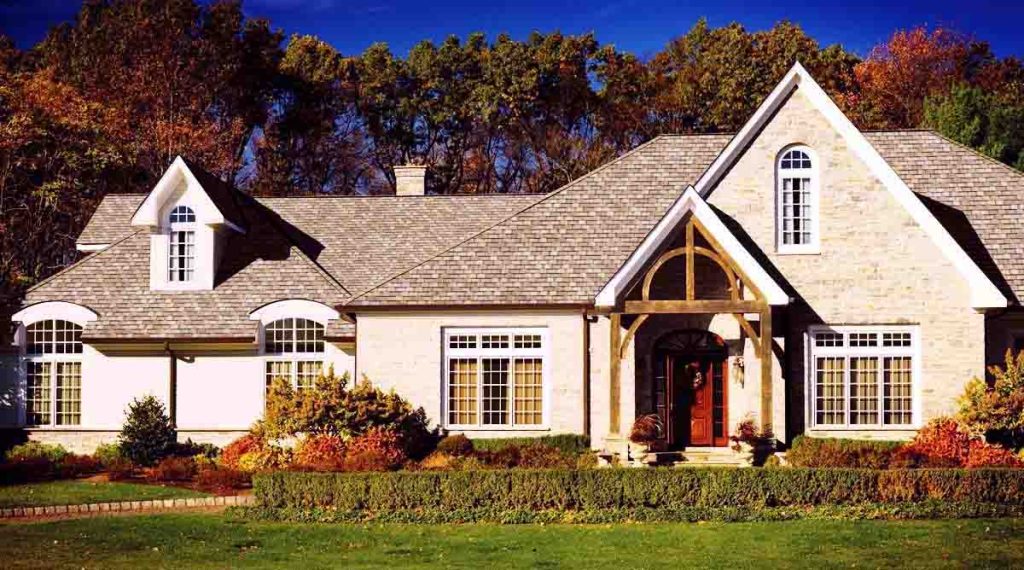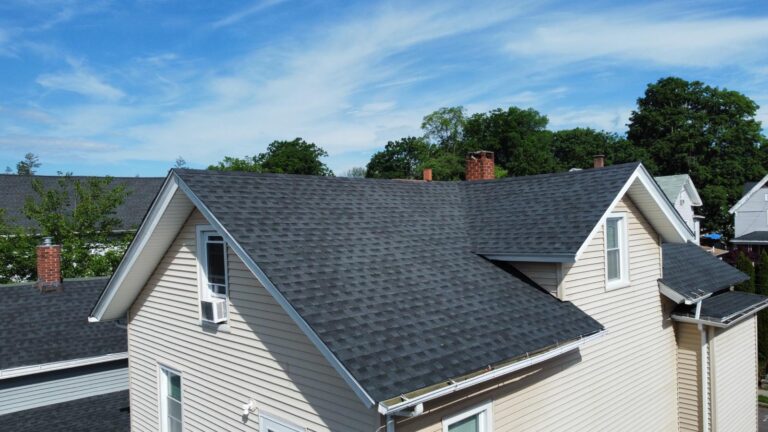
Welcome to our comprehensive guide on white roofing shingles. In this article, we’ll delve into the world of white roofing shingles, exploring their benefits, types, installation process, maintenance tips, and much more. Whether you’re considering upgrading your current roof or embarking on a new construction project, this guide will equip you with all the essential knowledge to make informed decisions.
Understanding White Roofing Shingles
What Are White Roofing Shingles?
White roofing shingles are roofing materials designed to reflect more sunlight and absorb less heat compared to traditional dark-colored shingles. They come in various materials such as asphalt, metal, tile, or wood, offering homeowners a versatile range of options to suit their preferences and architectural styles.
Benefits of White Roofing Shingles
Energy Efficiency
One of the primary advantages of white roofing shingles is their superior energy efficiency. By reflecting sunlight away from your home, they help reduce indoor temperatures, resulting in lower cooling costs during hot summer months. This energy-saving feature not only benefits your wallet but also contributes to environmental sustainability by reducing carbon emissions.
Enhanced Durability
Contrary to popular belief, white roofing shingles are not more susceptible to damage than their darker counterparts. In fact, many white shingles are engineered with advanced materials and coatings that enhance their durability and weather resistance. With proper installation and maintenance, white shingles can withstand harsh weather conditions and last for decades.
Aesthetic Appeal
In addition to their practical benefits, white roofing shingles can enhance the curb appeal of your home. Their clean, timeless appearance adds a touch of elegance and sophistication to any architectural style, making them a popular choice among homeowners looking to elevate the look of their properties.
Types of White Roofing Shingles
White Asphalt Roof Shingles
white asphalt roof shingles are the most common type of roofing material used in North America, and they’re available in white varieties. These shingles are affordable, easy to install, and offer excellent weather resistance, making them a popular choice for residential roofing projects.
Metal Shingles
Metal shingles, such as those made from aluminum or steel, are another popular option for white roofing. These shingles are lightweight, durable, and highly reflective, making them ideal for regions with high sun exposure.
Tile Shingles
Tile shingles offer a unique, Mediterranean-inspired aesthetic and are available in white color options. While they tend to be more expensive than other types of shingles, their longevity and timeless appeal make them a worthwhile investment for homeowners seeking a distinctive look.
Wood Shingles
Wood shingles, typically made from cedar or redwood, can also be found in white finishes. These shingles lend a rustic, natural charm to homes and age gracefully over time, developing a beautiful silver patina.
Installation Process
Preparation
Before installing white roofing shingles, it’s essential to prepare the roof surface properly. This includes removing any existing shingles, repairing damaged areas, and ensuring proper ventilation to prevent moisture buildup.
Underlayment Installation
Next, a waterproof underlayment is installed to provide an additional layer of protection against water infiltration. This underlayment acts as a barrier between the shingles and the roof deck, helping to prolong the lifespan of the roof.
Shingle Installation
The white roofing shingles are then installed starting from the bottom edge of the roof and working upwards. Each shingle is secured with nails or adhesive, ensuring a tight seal and proper alignment for optimal performance.
Finishing Touches
Once all the shingles are in place, the roof edges and ridges are trimmed and sealed to prevent water penetration. Proper flashing and gutter installation are also essential to ensure water drainage and prevent leaks.
Maintenance Tips
Regular Inspections
To prolong the lifespan of your white roofing shingles, it’s important to conduct regular inspections to check for signs of damage or wear. Look for loose or missing shingles, cracks, or areas of discoloration that may indicate underlying issues.
Clean Gutters
Keeping your gutters clean and free of debris is crucial for preventing water backup and potential damage to your roof. Regularly remove leaves, twigs, and other debris that can obstruct water flow and cause moisture buildup.
Professional Maintenance
Consider hiring a professional roofing contractor to perform annual maintenance checks and repairs. They can identify and address any issues before they escalate, saving you time and money in the long run.
Final Wording
White roofing shingles offer a myriad of benefits, including energy efficiency, durability, and aesthetic appeal. Whether you opt for asphalt, metal, tile, or wood shingles, investing in a white roofing system can enhance the comfort, beauty, and value of your home for years to come.



